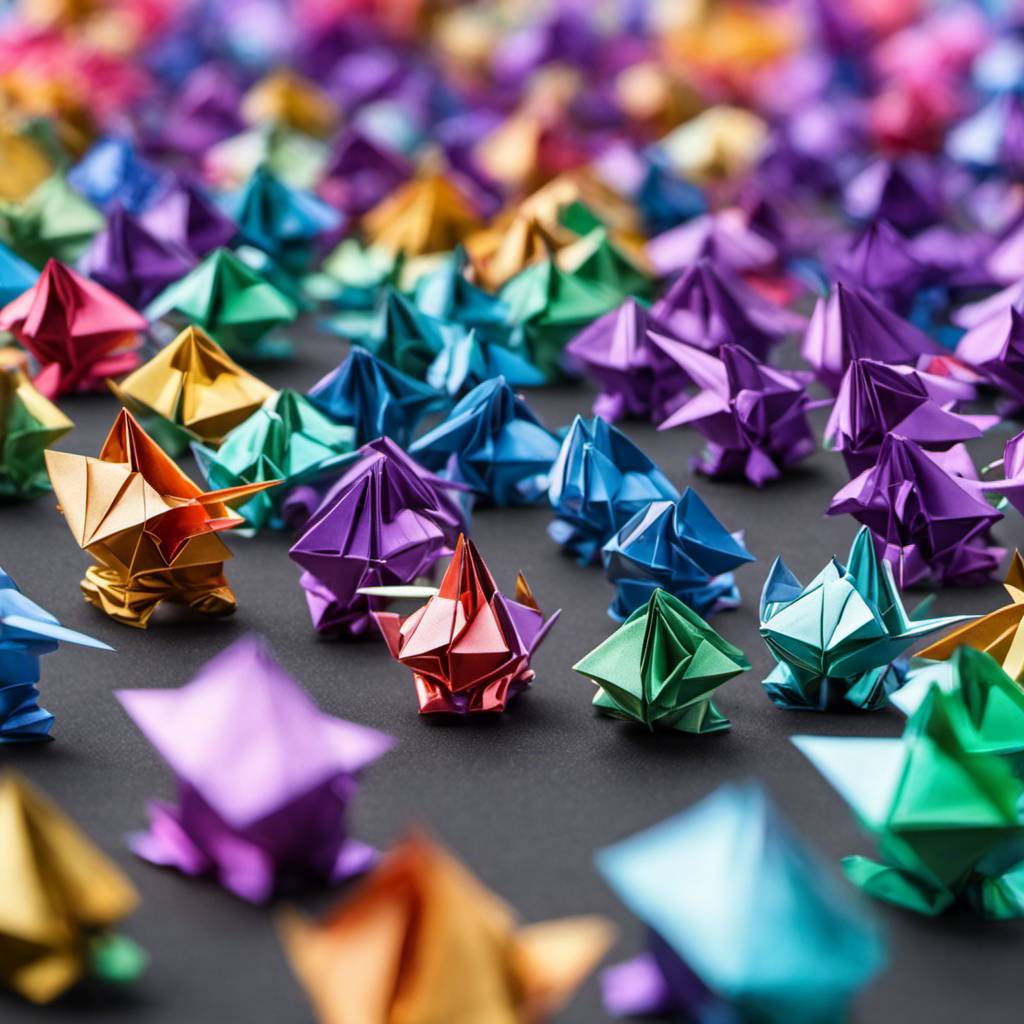The University of Washington has made a significant breakthrough in the field of robotics, creating small, battery-free robots that can alter their shape mid-air. These innovative devices, called “microfliers,” employ the art of origami, specifically the Miura-ori fold, to change their movement patterns during descent.
When released from a drone, these microfliers begin by tumbling and spreading out in the air. However, by folding into a compact shape, they can switch to dropping straight down. The transition is controlled either through an onboard pressure sensor that estimates altitude, an onboard timer, or a Bluetooth signal.
Despite weighing just 400 milligrams, roughly half the weight of a nail, these microfliers can cover the length of a football field when dropped from a height of 40 meters in a light breeze. This is made possible by their onboard actuator powered by solar energy and a controller that triggers the shape changes mid-flight. Additionally, these devices can be fitted with sensors to measure temperature, humidity, and other conditions while in flight.
This groundbreaking research was published in Science Robotics on September 13. Vikram Iyer, co-senior author of the study and assistant professor at the Paul G. Allen School of Computer Science & Engineering at the University of Washington, explained the significance of this development. He said, “By using origami techniques, we have opened up new possibilities for microflier designs. The Miura-ori fold, inspired by patterns found in leaves, combined with power harvesting and tiny actuators allows our fliers to mimic the flight patterns of different leaf types mid-air.”
He further explained that in its unfolded state, the origami structure tumbles chaotically in the wind, similar to an elm leaf. However, switching to the folded state changes the airflow around it and enables a stable descent, like a maple leaf. This energy-efficient method allows for battery-free control over microflier descent, a feat that was previously unachievable.
These robotic systems have managed to overcome several design challenges. They are rigid enough to prevent accidental transitioning to the folded state before receiving a signal. They can transition between states rapidly, with onboard actuators requiring only about 25 milliseconds to initiate the folding. Moreover, they can change shape while untethered from a power source, thanks to the power-harvesting circuit that uses sunlight to provide energy to the actuator.
The current microfliers can only transition in one direction — from the tumbling state to the falling state. This switch allows researchers to control the descent of multiple microfliers at the same time, causing them to disperse in different directions on their way down. However, future devices will be able to transition in both directions, which will allow for more precise landings in turbulent wind conditions.
This research was a collaborative effort involving various students and professors from different departments of the University of Washington. It was funded by several organizations including the Moore Foundation, the National Science Foundation, the National GEM Consortium, the Google fellowship program, the Cadence fellowship program, the Washington NASA Space Grant fellowship Program, and the SPEEA ACE fellowship program.
This innovative breakthrough in electronics and programming languages is a testament to the limitless potential of merging traditional arts like origami with modern technology like robotics. It paves the way for exciting future developments in the field of robotics and coding, with potential applications in areas such as environmental monitoring, search and rescue missions, and more.
